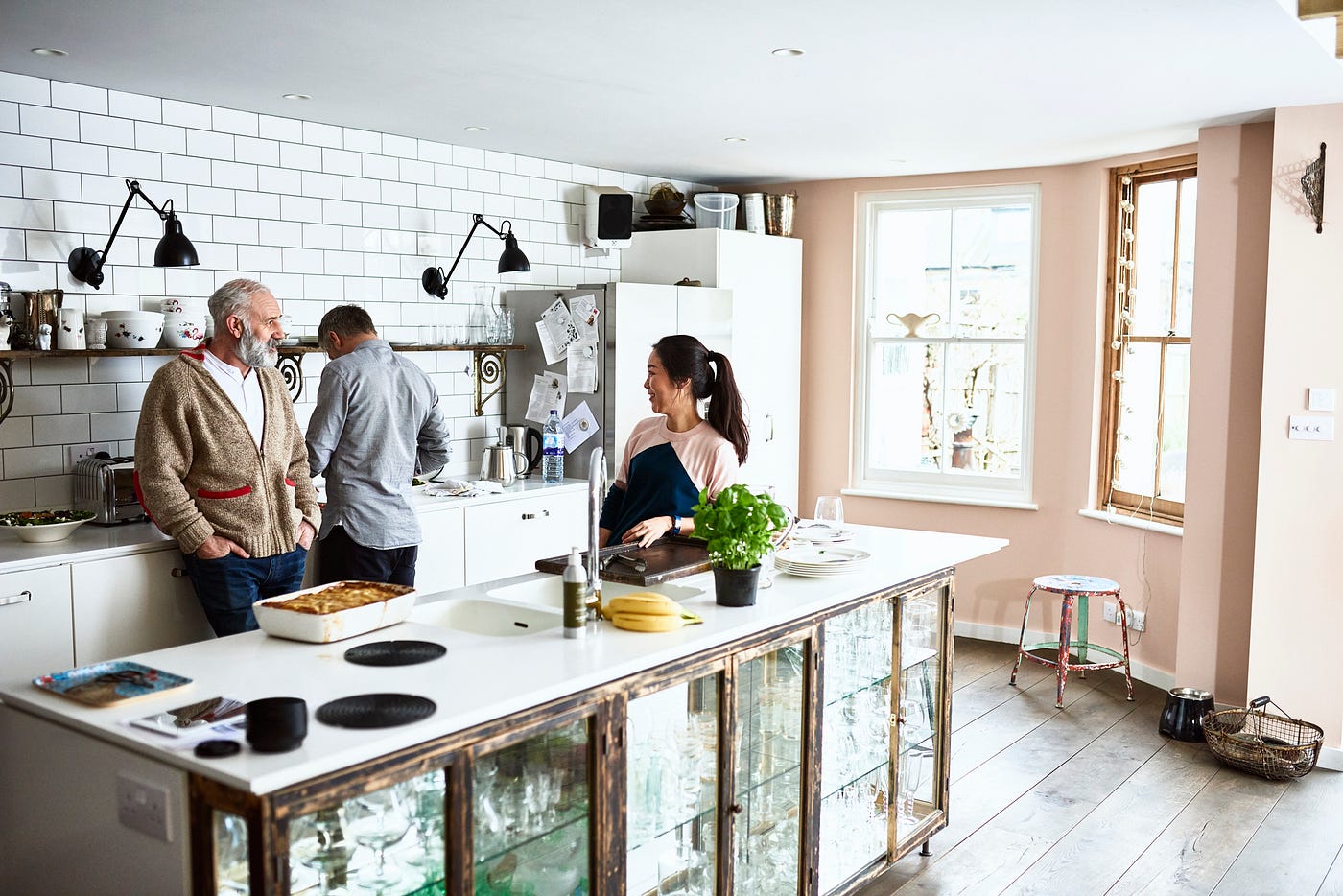Welcoming your in-laws into your home is a significant milestone that signifies the deepening of family bonds and the creation of a harmonious living arrangement. Renovating your house to accommodate your in-laws goes beyond mere physical changes; it’s a heartfelt gesture that demonstrates your commitment to creating a warm and welcoming space for your extended family.
In this comprehensive guide, we will embark on a journey of transformation, exploring the various aspects of renovating your house for your in-laws. Whether you’re preparing a dedicated space for their long-term stay or making adjustments to ensure their comfort during occasional visits, this guide will provide you with valuable insights, practical tips, and creative ideas to help you create a home that embraces and cherishes your in-laws.
Assessing Needs and Preferences
 Before beginning any renovation project, have open and honest talks with your in-laws to understand their individual requirements and preferences. Consider mobility needs, privacy concerns, and any unique amenities or features that may improve their comfort and convenience. This stage lays the groundwork for a successful renovation strategy suited to their specific requirements.
Before beginning any renovation project, have open and honest talks with your in-laws to understand their individual requirements and preferences. Consider mobility needs, privacy concerns, and any unique amenities or features that may improve their comfort and convenience. This stage lays the groundwork for a successful renovation strategy suited to their specific requirements.
Creating Separate Living Spaces
It’s generally helpful to arrange distinct living quarters for your in-laws within your house to offer privacy and independence. Converting existing rooms into private suites or constructing extra living quarters, such as a guesthouse or an attached apartment, may be necessary. We’ll look at several techniques to separating living rooms and talk about design considerations for increasing usefulness and comfort.
Adapting for Accessibility
 If your in-laws have mobility issues or particular requirements, it is critical to include accessible elements in the makeover. This may involve the installation of ramps, the widening of entrances, the addition of grab bars in toilets, or the incorporation of other helpful equipment to promote movement and assure safety. We will look at several accessibility alternatives and offer advice on how to establish an inclusive and barrier-free environment.
If your in-laws have mobility issues or particular requirements, it is critical to include accessible elements in the makeover. This may involve the installation of ramps, the widening of entrances, the addition of grab bars in toilets, or the incorporation of other helpful equipment to promote movement and assure safety. We will look at several accessibility alternatives and offer advice on how to establish an inclusive and barrier-free environment.
Incorporating Cultural Elements
Respecting and embracing your in-laws’ cultural history may strengthen their sense of belonging and make them feel genuinely at home. Consider incorporating cultural aspects into the design, such as artwork, traditional furnishings, or a specific place for cultural rituals. You build an environment that symbolizes their individuality and promotes a stronger connection with their new home by celebrating their traditions and rituals.
Enhancing Comfort and Convenience
Consider incorporating features and amenities that enhance the comfort and convenience of your in-laws. This could involve upgrading bathroom facilities, installing a kitchenette or a mini-fridge in their living area, or providing ample storage space for their belongings. We will explore design ideas and practical tips to create a cozy and functional living space tailored to their needs.
Designing for Multigenerational Living
 Renovating your house for your in-laws provides an opportunity to design for multigenerational living. We will discuss design considerations such as flexible floor plans, adaptable furniture, and shared spaces that promote interaction and togetherness while respecting individual privacy. Creating communal areas such as a shared family room or a garden can foster a sense of belonging and create lasting memories.
Renovating your house for your in-laws provides an opportunity to design for multigenerational living. We will discuss design considerations such as flexible floor plans, adaptable furniture, and shared spaces that promote interaction and togetherness while respecting individual privacy. Creating communal areas such as a shared family room or a garden can foster a sense of belonging and create lasting memories.
Seeking Professional Help
Depending on the complexity of the renovation, it may be beneficial to consult with architects, contractors, or interior designers who specialize in multigenerational living or accessible design. Their expertise can help translate your vision into a practical and well-executed renovation plan. We will provide guidance on finding the right professionals and working collaboratively with them to achieve your desired outcomes.
Conclusion
Renovating your house for your in-laws is a beautiful gesture that strengthens family ties and creates a harmonious living environment. By assessing their needs, designing for comfort and safety, embracing multigenerational living, and incorporating cultural elements, you can transform your house into a welcoming and inclusive space for your extended family. The journey of renovating your house for your in-laws is not just about physical changes; it’s about building lasting memories, fostering love, and creating a true home for everyone to cherish.


